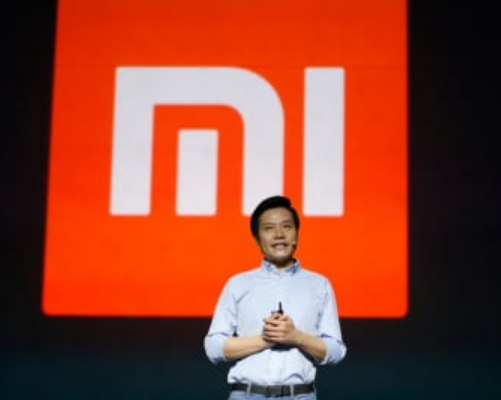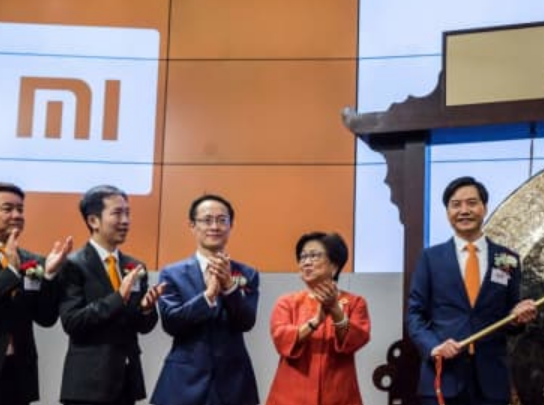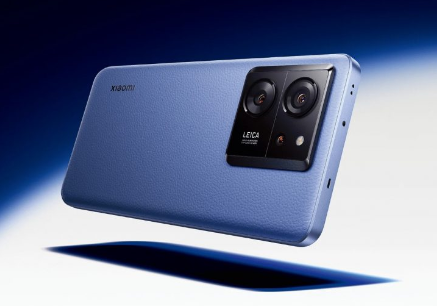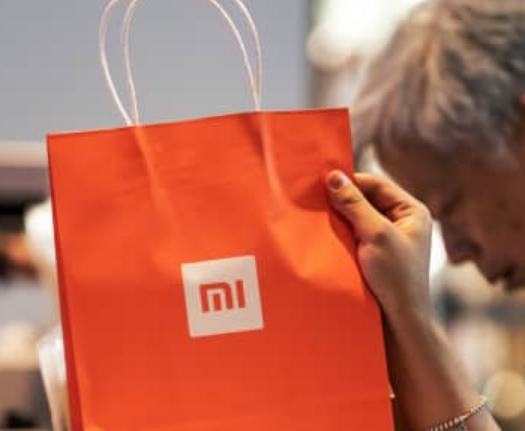Chinese smartphone maker Xiaomi picks Hong Kong for IPO

VCG | Getty Images
Xiaomi CEO Lei Jun introduces Surge S1 chipset, Mi 5C smartphone and Redmi 4X smartphone during a press conference on February 28, 2017 in Beijing, China
Xiaomi, a Chinese consumer electronics company, filed for an initial public offering (IPO) on Thursday.
The listing could reportedly raise $10 billion and value the company at $100 billion, making it one of the largest IPOs since Alibabain New York in 2014.
Despite its size, you'd be forgiven for not knowing anything about Xiaomi. Many of its products have not been available outside of China until recently.
So here's a rundown of Xiaomi.
What does Xiaomi do?
Xiaomi started life in 2010 selling smartphones. Its unique selling point was high-quality devices with top of the range specs, but at lower prices than competitors.
It has grown to be the fourth-biggest smartphone player globally.
Xiaomi rose rapidly to become, at one point, the biggest smartphone player in China. The company struggled in 2016, amid tougher competition from other Chinese low-cost players, but eventually began to expand into new areas.
Now it offers a variety of products, including smart TVs, speakers that rival the likes of Amazon Echo, Wi-Fi routers, appliances, air and water purifiers, and lighting.
It's all part of its strategy to make the smartphone the center of a connected device ecosystem.
Xiaomi's smartphones run a version of Google's Android operating system that has been modified. The company calls it MIUI. And with this, it is trying to push its own services, including music and video streaming. It also makes money from its own mobile games, and from advertising too.
Because of its strategy, Xiaomi has often been dubbed the "Apple of China."
How much money does Xiaomi make?
Xiaomi makes money from sales of its devices and services. In its IPO filing, Xiaomi showed its financials from the past few years.
Revenue grew over 67 percent year-on-year in 2017 to 114.6 billion yuan ($18 billion).
Xiaomi made a net loss of 43.9 billion yuan in 2017, down from the 491.6 million profit it made in 2016. The company attributes this to the issuance of preferred shares to investors. But operating profit has been climbing over the years.
While the company has continued to diversify its business, smartphones still account for over 70 percent of total revenue. But this is down from over 80 percent in 2015.
Meanwhile, in the same period internet of things (IOT) and lifestyle products have increased their share of revenues from 13 percent to 20.5 percent. This highlights the company is trying to expand into new areas. Internet services, however, makes up less than 10 percent.
Xiaomi also still makes 72 percent of revenue from China and 28 percent from the rest of the world. It began expanding into new markets including India a few years ago, but is beginning to enter Western markets too.
Wang Xiang, the head of Xiaomi's international business, told CNBC in an interviewearlier this year, that the company would eventually be in the U.S.
How does Xiaomi stack up to Apple and Samsung?
Xiaomi is the fourth-largest smartphone player by market share. In 2017, it sold 91.4 million smartphones, according to its IPO filing. Here's how it stacks up to Apple, Samsung and Huawei, another Chinese brand.
It tries to compete on price. The average selling price of a Xiaomi smartphone is 881.3 yuan or $138.40. That is significantly lower than Apple's average selling price of $688 in 2017, and Samsung's at $230 in the same year, according to Counterpoint Research.
Xiaomi's highest priced phone is called the Mi MIX 2S and starts at 3,299 yuan or $518, way below the $999 starting price of Apple's iPhone X, and the $840 for Samsung's Galaxy S9 Plus.
Lei Jun, the CEO of Xiaomi, has committed the company to making more more than 5 percent on hardware net profit margins. Instead, it wants to make money from services.
The Chinese firm has a significantly lower operating margin. In 2017, this was 10.7 percent. In the first quarter of 2018, Apple reported an operating margin of 38.3 percent, while Samsung's was 47.3 percent. Samsung is helped by high margins on its semiconductor business.
On the services front, Xiaomi made around 9.9 billion yuan in revenues that equate to over $1.5 billion. In the first quarter of 2018 alone, Apple made over $9 billion.
What are the risks?
For a primarily hardware business facing a slowing smartphone market, as well as intense competition, there are a number of risk factors.
"Smartphone sales account for a majority of our revenue, and any decrease in such sales or any increase in the costs associated with such sales may materially and adversely affect our business," Xiaomi says in its IPO filing.
That is a concern from many analysts too as well as the thin margins already highlighted. Neil Shah, research director of devices and ecosystems at Counterpoint Research, told CNBC that the lack of intellectual property means that Xiaomi's model could be replicated.
"The risk from investors is Xiaomi's gross margins and operating margins are weak and that doesn't instill much confidence, because the business model they are adopting is not based on intellectual property or significant R&D investment like Google, Apple, Huawei, so it's easily replicable," Shah said.
Xiaomi said that it has over 3,600 patents registered in China and 3,500 patents abroad. The company increased its research and development spend to 3.2 billion yuan in 2017 from 2.1 billion yuan the year before.
Other risks the company has highlighted include not being able to continue making hit mobile games, the continued investment in physical retail stores, and any potential geopolitical tension that could affect its business.
在线留言询价

Xiaomi's revenue surges nearly 70 percent in the second quarter as smartphone growth remains strong
- 一周热料
- 紧缺物料秒杀
| 型号 | 品牌 | 询价 |
|---|---|---|
| CDZVT2R20B | ROHM Semiconductor | |
| BD71847AMWV-E2 | ROHM Semiconductor | |
| RB751G-40T2R | ROHM Semiconductor | |
| MC33074DR2G | onsemi | |
| TL431ACLPR | Texas Instruments |
| 型号 | 品牌 | 抢购 |
|---|---|---|
| ESR03EZPJ151 | ROHM Semiconductor | |
| BP3621 | ROHM Semiconductor | |
| STM32F429IGT6 | STMicroelectronics | |
| IPZ40N04S5L4R8ATMA1 | Infineon Technologies | |
| BU33JA2MNVX-CTL | ROHM Semiconductor | |
| TPS63050YFFR | Texas Instruments |
- 周排行榜
- 月排行榜
AMEYA360公众号二维码
识别二维码,即可关注



























